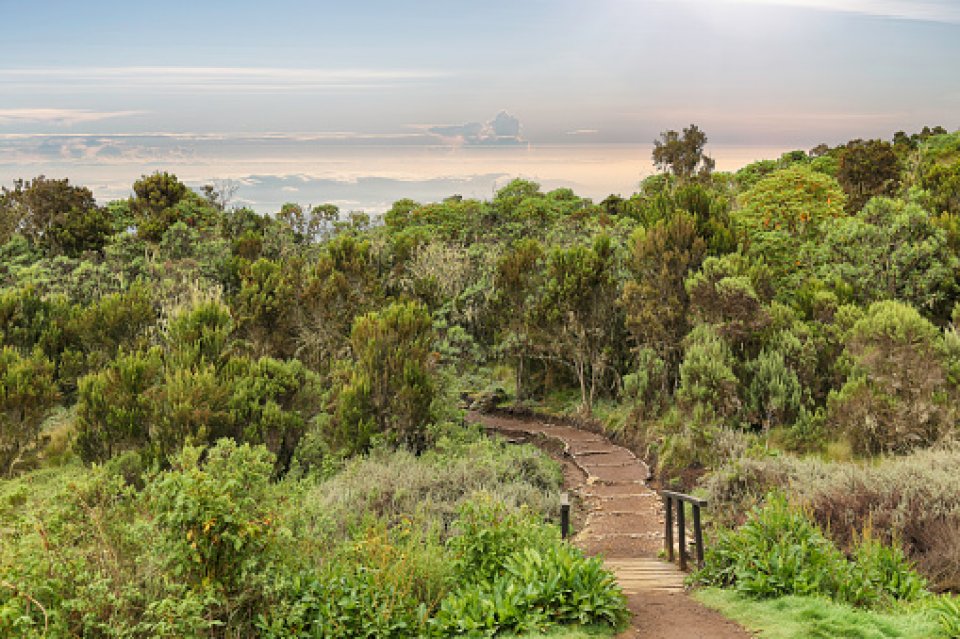
Prior to project development, undefined land use plans and boundaries were making difficult for community members to protect their forests.
There were few economic opportunities in the region of Ntakata Mountains and the majority depend on an healthy forest ecosystem (honey and wood). The key threat to the forest is shifting agriculture. Furthemore, grazing by pastoralists, mining and the development of new infrastructures are negatively impacting the forests with conquences for water, livelihoods and conservation. Prior to project development, the deforestation in the area was three times the national average.
The Ntakata Mountains Project aims to protect 216,944 ha of threatened forest by developing Village Land Forest Reserves (VLFRs) with local communities.
- Climate smart agriculture
- Training and employment for Village Game Scouts
- Environmental education - Carbon Champions program
- Land use Planning, including the delineation of Village Land Forest Reserves & Participatory land use management
- Participatory forest management
- 216,994 ha of woodland in western Tanzania, an important habitat for 12 species of endangered eastern chimpanzee, have been protected
- Since 2016, the forest communities prevented 5 million trees from being cut down, resulting in avoiding 1,286,000 tonnes of CO2 emissions
- US$ 349,000 earned to date in carbon revenue
- US$ 70,553 spent on building infrastructure: 4 village dipensaries built, 2 pharmacies have been built, 2 ward hospitals complete
- 25,080 people have their medical expenses covered by the Community Health Fund paid for by carbon revenue
- 571 students now get 1 hot meal per day paid for by carbon revenue
- 8 villages have been engaged, for a total of 38,000 people
- 8 Village Land Forest Reserves created since 2016
- 37% of management roles filled by women
- 63 people directly employed in forest conservation activities and 38,211 directly benefit from the project
- Developing climate change adaptation; improving risk management and resilience
- Reducing temperature at meso or micro scale
- Developing climate change mitigation
- Carbon sequestration and storage
- Restoring ecosystems and their functions
- Increase achievements of biodiversity targets
- Increase Biodiversity
- Increase quality and quantity of green and blue infrastructures
- Creation of green jobs relating to construction & maintenance of NBS
- Improve air quality
- Increase awareness of NBS solution & their effectiveness and co benefits
- Increase communities’ sense of ownership
- Increase social interaction
- Increase well-being
- Increase willingness to invest in NBS
- Provision of health benefits
- Social inclusion
The process of collaborating with landscape partners and local government institutions demands a long term approach in order to build genuine trust and mutual understanding.
Transparency and mutual accountability between project developer and the communities is imperative throughout the development of the project and throughout the execution of project activities.
Further information
- 1. No Poverty
- 2. Zero Hunger
- 3. Good Health and Well-being
- 4. Quality Education
- 5. Gender Equality
- 8. Decent Work and Economic Growth
- 9. Industry, Innovation, and Infrastructure
- 10. Reducing Inequality
- 13. Climate Action
- 15. Life On Land
- 16. Peace, Justice and Strong Institutions
